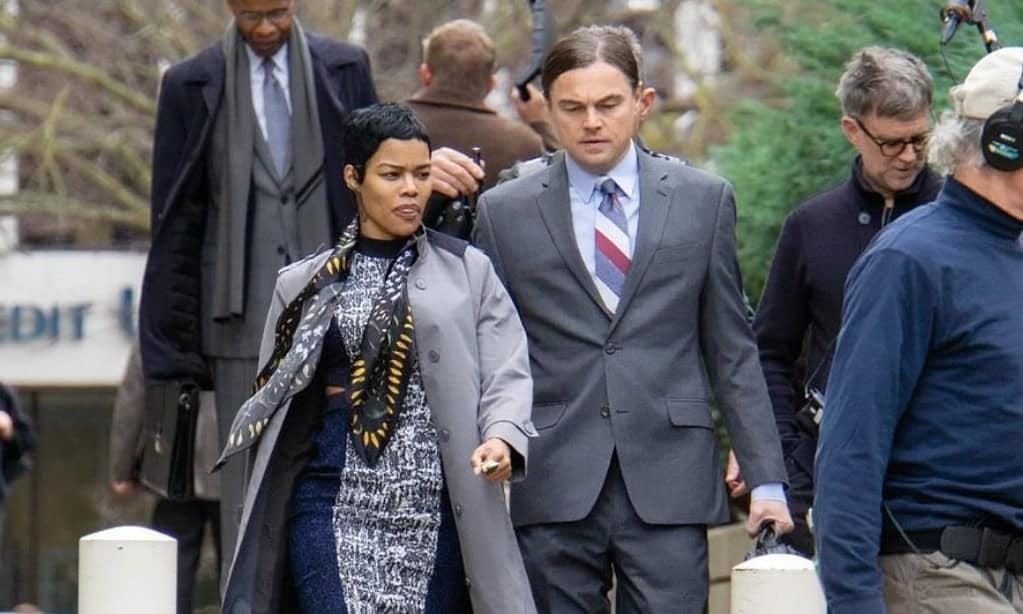Paul Thomas Anderson’s 'One Battle After Another' Divides Audiences at Test Screenings
The long-awaited film had back-to-back test screenings in Phoenix and Las Vegas, with wildly different reactions—some calling it a thrilling action epic, others leaving the theater bewildered.
Paul Thomas Anderson’s upcoming film, One Battle After Another, is already shaping up to be one of his most divisive works. After two test screenings—one in Phoenix and another in Las Vegas—the film has sparked dramatically different responses, ranging from admiration to outright confusion.
Until recently, little was known about Anderson’s latest project, but it has now been confirmed as a modern adaptation of Vineland, Thomas Pynchon’s 1990 novel. This marks Anderson’s second time bringing Pynchon’s intricate world to the screen, following his 2014 film Inherent Vice. The story, updated to a contemporary setting, reportedly follows a relentless chase: Leonardo DiCaprio plays “Ghetto Pat,” while Sean Penn takes on the role of Col. Steve J. Lockjaw, a villainous figure hunting down Teyana Taylor’s character after she leaves him for DiCaprio’s. With high-speed car chases and intense action sequences, early viewers have described it as the closest Anderson has come to making an all-out action film.
The test screening in Phoenix seemed to suggest an enthusiastic reception, with some attendees praising the film’s kinetic energy and unorthodox approach. However, reactions took a sharp turn after the Vegas screening. According to World of Reel, the response there was "wildly all over the place," with some audience members struggling to process what they had just seen. One viewer reportedly walked out muttering, "What the hell was that?" while another described it as “indescribable, but maybe purposely so?”
These conflicting reactions raise intriguing questions about how One Battle After Another will be received when it premieres in August. Anderson is no stranger to polarizing audiences, but with a reported $115 million budget and Warner Bros. behind the release, this is one of his most ambitious projects to date. While his adaptation of Inherent Vice had a similarly divided reception, the studio will likely be hoping for a broader audience this time around.
The decision to adapt Vineland is particularly bold. Pynchon’s novel, a sprawling critique of American media, politics, and counterculture, is notoriously difficult to translate into film. Anderson’s update to a modern setting could make it even more unpredictable. But the challenge of adapting Pynchon’s intricate narrative voice—layered with satire, paranoia, and cultural critique—has proven divisive before. If Inherent Vice was a hazy, drug-fueled detective story, One Battle After Another might be something even wilder.
For now, the film remains as enigmatic as ever, with test screenings offering little consensus on what to expect. Is this Anderson’s most daring and thrilling film yet? Or a beautiful, ambitious mess? With such starkly different reactions emerging from two screenings, the only certainty is that One Battle After Another won’t be easily categorized.





